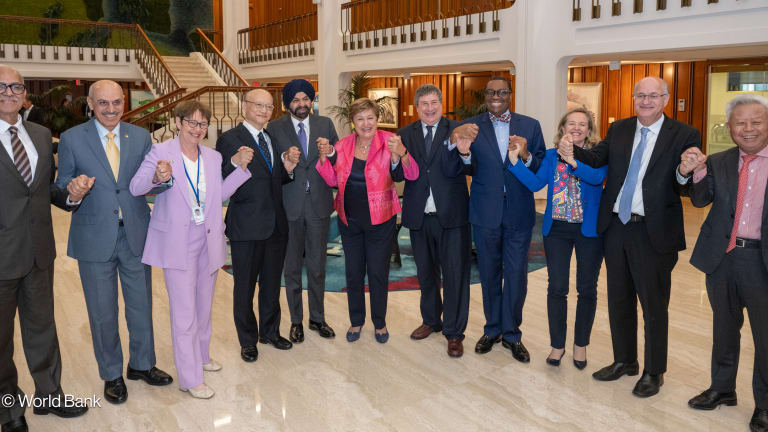As we approach 2025, the global community faces a critical juncture where strategic philanthropic investment in infrastructure can redefine development and build a more resilient future.
Philanthropists should embrace infrastructure confidently as these projects offer opportunities with lasting social and economic impact and drive sustainable development. For those of us committed to philanthropy, this is not merely a financial choice but a moral imperative to foster lasting and equitable change.
To illustrate this transformative potential, organizations such as Delta Philanthropies and Higherlife Foundation have begun translating these principles into concrete action. In collaboration with The Elma Philanthropies and Econet Wireless, they have pioneered a successful philanthropic-public-private partnership, or 3Ps, model for infrastructure investment in Zimbabwe.








